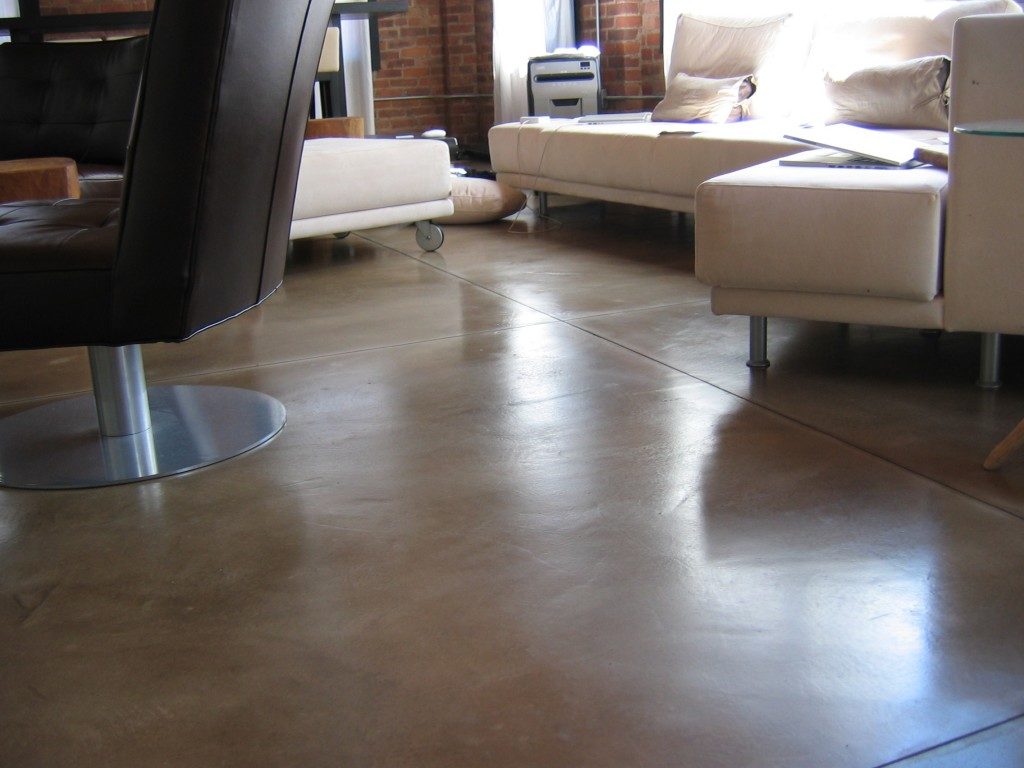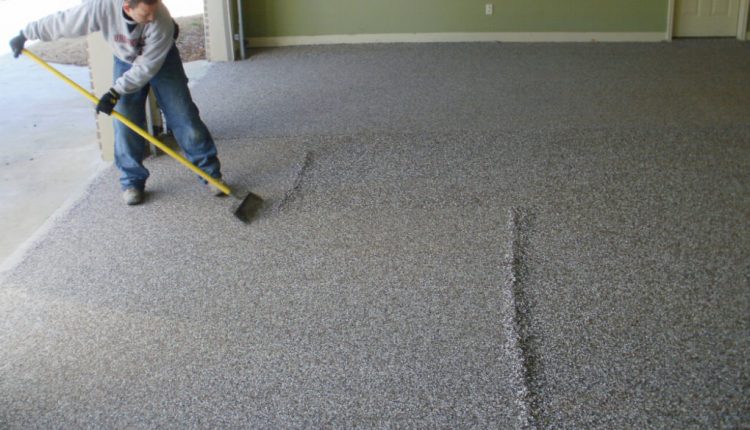In terms of constructions projects, homeowners will want to consider weather conditions. This is especially important for epoxy floors as they are sensitive to temperature fluctuation. The recommended temperature is usually between 10° C and 30° C or 50° F and 80° F. The majority epoxy’s polymeric chemical reaction is hastened by temperatures beyond 29° C or 85° F that makes the coating hard and tacky to apply. Meanwhile, temperatures lower than 13° C or 55° F will result in a reduced reaction. Obviously, the benefit of high temperature to your epoxy flooring is the quick curing time. As the stickiness of the epoxy is lowered, the product tends to flow better. However, heat can impact your epoxy floor by reducing the product’s working life and causing dizziness and nausea when you breathe in the smell. Read on to know how to keep your epoxy prevented against certain temperatures:
The role of concrete patio companies is to provide a service that is reliable and efficient. They have to be able to work with different types of materials and have a good understanding of construction techniques.
Beating the Heat
If you are taking a project like concrete floor repair calgary, you don’t have to worry about high temperatures when you keep the following in mind:
- Test the Gel Time. If you are doing the project in the summer, you must know how the cure time of the epoxy is affected by the weather. You can do this by testing the gel time. Just mix half an ounce of hardener and an ounce of epoxy resin. Schedule the length of time it takes the moisture to cure. This will inform you about the estimated number of working time your workers have while working in high ambient temperature. There are some products that can help them maximise their working time.

- Store Materials in a Cool Place. Before you start your project on garage floor coating calgary, focus on keeping your materials cool to prevent them from preheating. Think about storing them in the coolest area of the garage or turn your air conditioner. Also, this is vital in transport. Also, keep the aggregates cool because hot aggregates can significantly impact the epoxy application.
- Implement Welfares. Epoxy coating application during hot weather is quite taxing so you need to ensure the welfare of your workers. Allow your workers to take a break, keep themselves cool, and stay hydrated. Let them consume lots of water. Keep safety your top priority regardless of the season.
Impacts of Cold Temperature on Epoxy Floors
Cold weather is an advantage for epoxy floors as it extends its pot life and offers workers more time to finish the job. However, cold weather also means higher humidity that can cause minor to serious issues such as loss of gloss and cracking. Also, it will be difficult to settle and level the epoxy in cold weather. Cold weather minimises the curing time of the product and impacts its viscosity.
However, there are things you can do to deal with these problems. For instance, adding some heat will ensure the epoxy floor coating is installed in low temperatures. Consider using radiant heaters or switching on the thermostat to warm the ambient air. Also, think about the slab temperature. Use heat lamps, hot air blower, and portable heater to warm the surface of the slab.
Author Bio – “Leanne Goodhope is a Calgary is a website content creator with a focus on SEO articles for local businesses, She had written SEO article for lots of home improvement Contractors. She is good at striking a balance between what both the search engines and readers needs and understand”



Comments are closed.